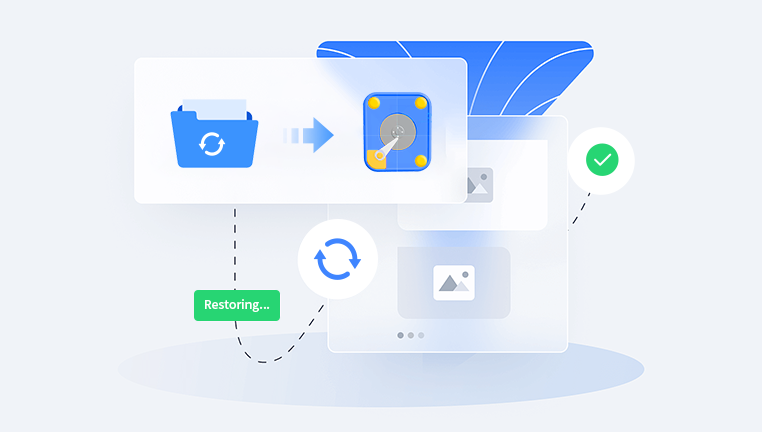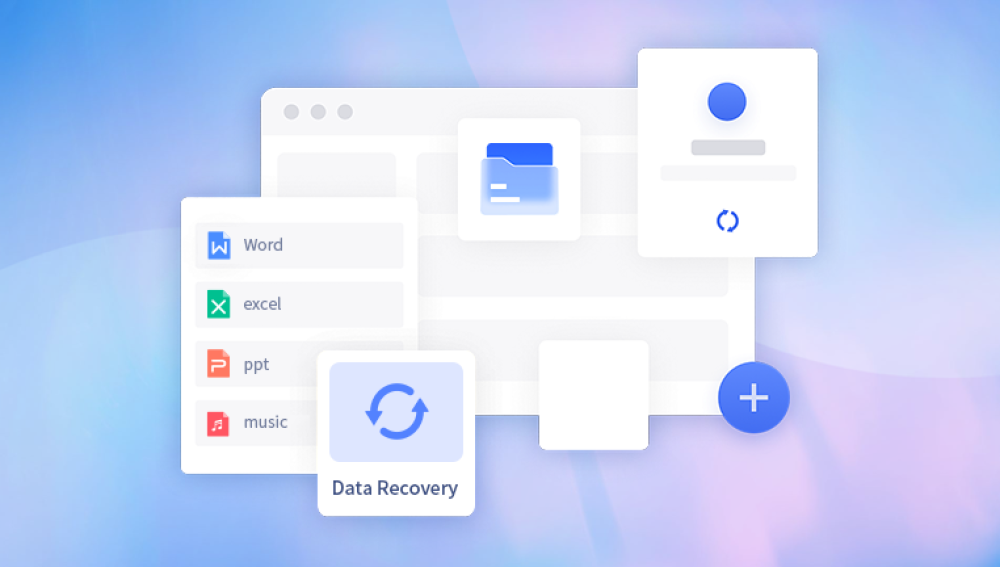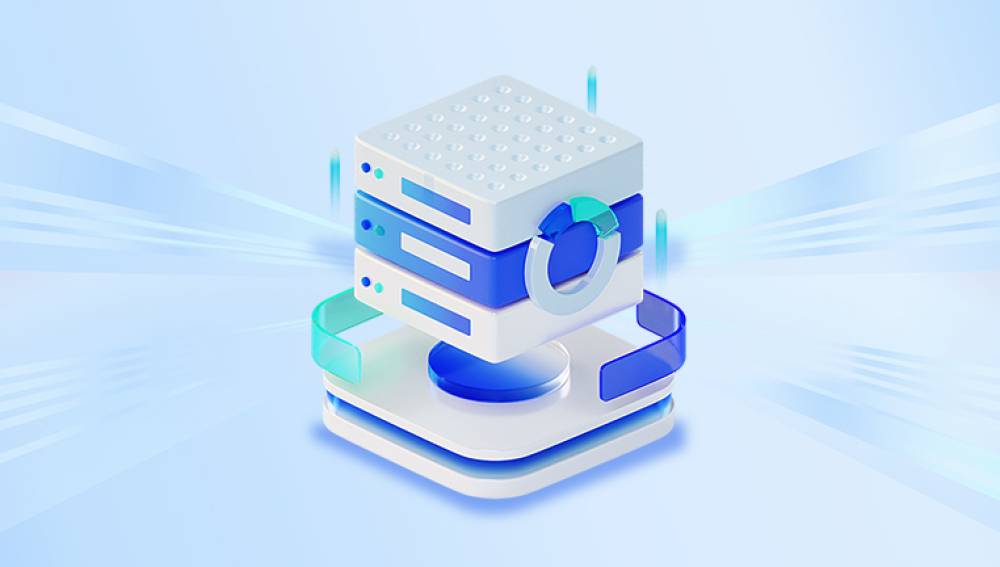Recovering data from a portable hard drive can seem daunting, especially if the drive has been corrupted, accidentally formatted, or has suffered physical damage. This comprehensive guide will walk you through the steps necessary to recover your data effectively and safely.
1. Portable Hard Drives
Portable hard drives are external storage devices that allow users to store, transfer, and back up data. They are popular for their convenience and large storage capacities. Understanding how they work will help in diagnosing issues and recovering data.
Types of Portable Hard Drives:
HDD (Hard Disk Drive): Uses spinning disks to read/write data. More prone to physical damage.
SSD (Solid State Drive): Uses flash memory, making it faster and more durable but often more expensive.

2. Common Reasons for Data Loss
Understanding why data loss occurs can help you take preventative measures in the future. Here are some common reasons:
Accidental Deletion: Files may be deleted accidentally, especially if you’re managing multiple files.
Formatting: Formatting the drive can erase data. This often happens when a drive is used on different operating systems.
Corruption: Data corruption can occur due to improper ejection, power failures, or malware.
Physical Damage: Dropping the drive or exposing it to water can cause physical damage, leading to data loss.
Drive Not Recognized: Sometimes, a computer may not recognize the drive, making files inaccessible.
3. Initial Troubleshooting Steps
Before diving into recovery methods, try these initial troubleshooting steps:
3.1. Check Connections
Ensure the USB cable is functioning correctly.
Try connecting the drive to a different USB port or computer.
3.2. Disk Management
On Windows, open Disk Management (Right-click on Start > Disk Management) to see if the drive is recognized but unallocated.
On Mac, check Disk Utility (Applications > Utilities > Disk Utility) for any signs of the drive.
3.3. Run Antivirus
Scan the portable hard drive with antivirus software to rule out malware as the cause of the issue.
4. Choosing the Right Data Recovery Method
Based on your situation, select the appropriate recovery method. The two primary methods are using data recovery software or opting for professional data recovery services.
5. Using Data Recovery Software
Data recovery software is often the first line of defense when attempting to recover lost data. Here’s a step-by-step guide:
5.1. Choosing the Right Software
Drecov Data Recovery is a comprehensive software solution designed to effectively recover lost or deleted files from various storage devices, including external hard drives, USB drives, and memory cards. Its user friendly interface makes it suitable for all levels of experience, allowing users to navigate the recovery process with ease.
The software employs advanced scanning algorithms to meticulously search for recoverable data, enabling users to preview files before restoring them. This feature ensures that you can selectively recover only the files you need, reducing the risk of clutter. Drecov Data Recovery supports numerous file formats, including documents, photos, videos, and music, making it versatile for various recovery scenarios.
A standout aspect of Drecov Data Recovery is its capability to restore data from formatted, corrupted, or damaged drives issues that can often complicate recovery efforts. The software also emphasizes user security, ensuring that the recovery process does not compromise data integrity further.
5.2. Installation
Download and install the software on your computer, but do not install it on the portable hard drive to avoid overwriting lost data.
5.3. Running the Software
Connect the Portable Hard Drive: Ensure it’s connected to the computer.
Launch the Software: Open the data recovery software.
Select the Drive: Choose the portable hard drive from the list of available drives.
Start the Scan: Initiate a deep scan to search for recoverable files. This process can take some time, depending on the size of the drive and the extent of the damage.
5.4. Reviewing Recoverable Files
Once the scan is complete, you’ll see a list of recoverable files. Most software will allow you to preview files before recovery.
5.5. Recovering Files
Select Files: Choose the files you wish to recover.
Choose Recovery Location: Save the recovered files to a different drive (not the original portable hard drive) to avoid overwriting data.
6. Professional Data Recovery Services
If software recovery fails or if the drive has suffered severe physical damage, consider professional data recovery services. These services can be costly but may be the only option for critical data.
6.1. When to Seek Professional Help
The drive makes unusual noises (clicking, grinding).
You’ve tried software recovery without success.
The drive is physically damaged.
6.2. What to Expect
Evaluation: Most services will perform a free evaluation to determine the extent of damage and recovery possibilities.
Cost: Prices can vary widely based on the complexity of the recovery. Expect anywhere from $100 to $1.500 or more.
Timeframe: Recovery times can range from a few days to weeks, depending on the severity of the issue.
7. Preventing Future Data Loss
To avoid future data loss, consider the following preventative measures:
7.1. Regular Backups
Implement a regular backup schedule using:
Cloud Storage: Services like Google Drive or Dropbox for easy access.
Local Backups: Use another external hard drive to store copies of important files.
7.2. Safe Ejection
Always safely eject your portable hard drive before physically disconnecting it from your computer to prevent corruption.
7.3. Use Antivirus Software
Regularly update your antivirus software and perform scans to keep your data safe from malware.
7.4. Handle with Care
Avoid exposing your portable hard drive to extreme temperatures, moisture, or physical shocks.




